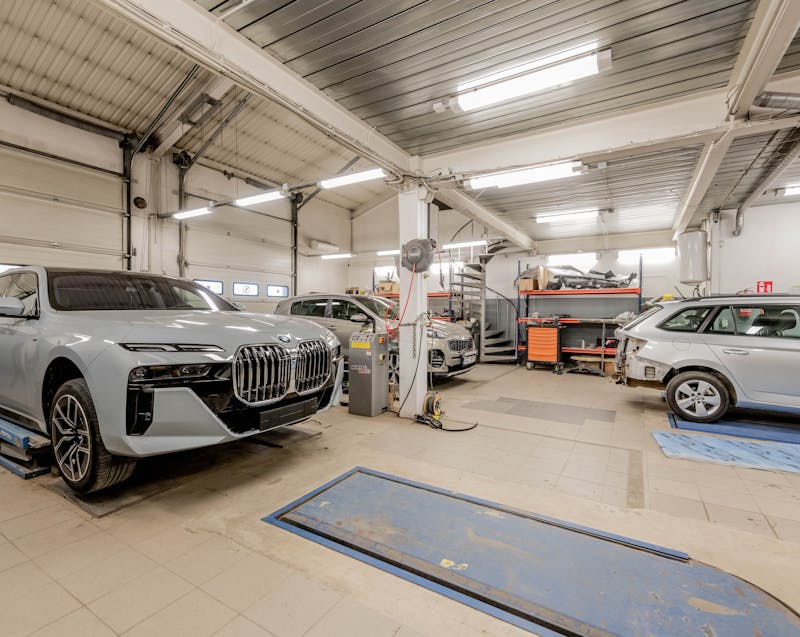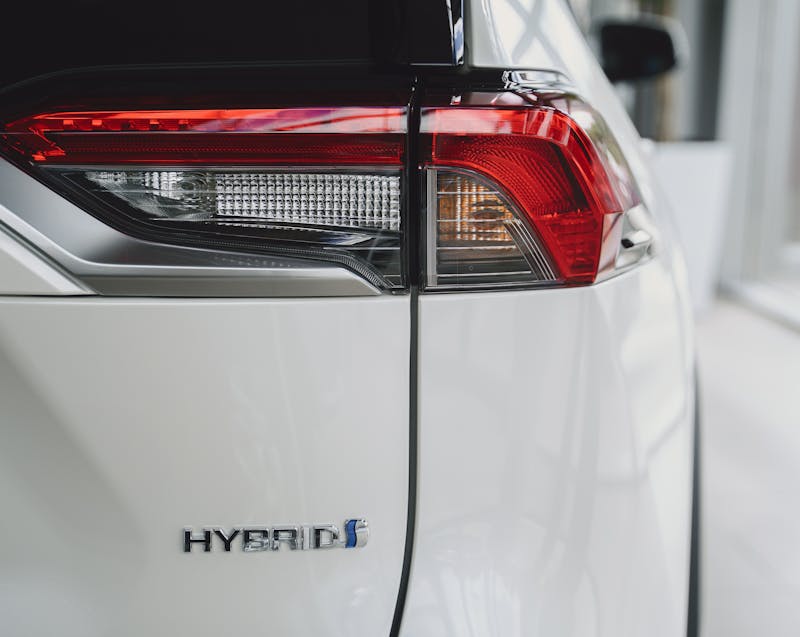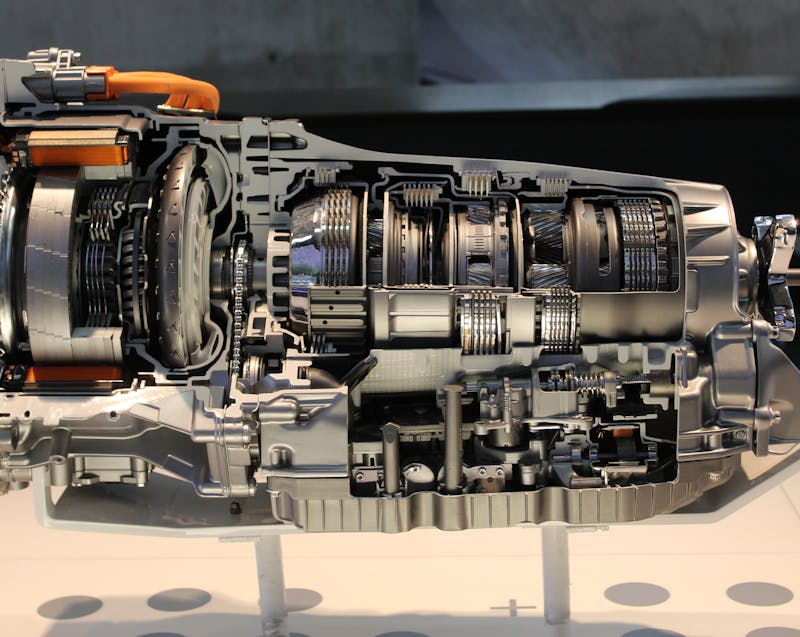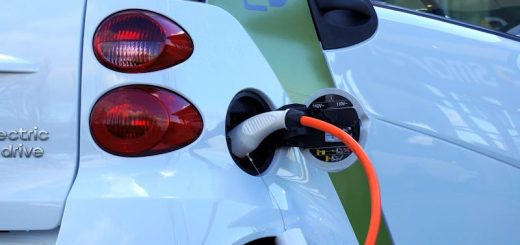What Kind of Maintenance Does a Hybrid Car Need? A Complete Owner’s Guide


- Hybrid cars require many of the same maintenance tasks as conventional vehicles—oil changes, tire rotations, brake inspections, and coolant checks.
- The high-voltage battery is the most unique component; it usually lasts 100,000–150,000 miles, but should be regularly monitored for health.
- Regenerative braking extends the lifespan of brake pads, though brake fluid and overall system checks remain essential.
- Proper care of the cooling system protects both the gasoline engine and hybrid battery from overheating.
- Software and electronic updates are part of routine hybrid maintenance to keep performance and efficiency optimized.
- While basic tasks like tire checks and oil changes can be DIY, battery servicing and high-voltage systems should be left to trained professionals.
Hybrid cars are no longer just niche vehicles for environmentally conscious drivers—they’ve gone mainstream. Combining the efficiency of an electric motor with the reliability of a gasoline engine, hybrids offer excellent fuel economy, lower emissions, and increasingly advanced technology. But while their benefits are widely recognized, many car owners and buyers often ask the same question: What kind of maintenance does a hybrid car need?
Understanding the specific upkeep of a hybrid is essential not only to maximize performance but also to ensure long-term cost savings. Unlike traditional gas-powered vehicles, hybrids have unique systems—such as battery packs and regenerative braking—that require attention. At the same time, they also share some common maintenance needs with conventional cars.
This guide will walk you through everything you need to know about hybrid car maintenance, from routine servicing to long-term care, so you can drive confidently knowing your investment is protected.
How Are Hybrid Cars Different From Conventional Cars?

Before diving into the details of maintenance, it’s important to understand how hybrids differ from traditional gasoline vehicles. A hybrid vehicle typically pairs a standard combustion engine with one or more electric motors and a high-voltage battery. This design allows the car to switch between or combine power sources, resulting in better fuel efficiency and lower emissions.
These differences affect maintenance in several ways:
- Dual systems: Since hybrids combine an internal combustion engine with an electric motor, both systems need some form of attention.
- Battery care: The high-voltage battery is a major component, often designed to last for years but still requiring monitoring.
- Reduced wear and tear: Because the electric motor assists the gasoline engine, parts like brakes and transmissions may experience less strain compared to traditional cars.
- Software updates: Many hybrids rely on sophisticated electronics, which means software checks and updates can be part of regular service.
Understanding these distinctions helps owners approach hybrid maintenance with the right mindset.
What Kind of Maintenance Does a Hybrid Car Need?
When it comes to hybrid car maintenance, the basics are not all that different from conventional vehicles. You’ll still need oil changes, tire rotations, and brake inspections. However, there are unique elements—particularly the battery system and regenerative braking—that demand additional care.
Here are the core areas hybrid owners should pay attention to:
- Oil and fluid changes: Regular oil changes are essential, though hybrid engines often require them less frequently since they run less.
- Brake system maintenance: Thanks to regenerative braking, brake pads often last longer, but they still need inspections.
- Battery health checks: Hybrid batteries are durable, but periodic checks are crucial to avoid costly repairs.
- Cooling system service: The battery and electric motor need proper cooling, requiring attention to coolant levels and system performance.
- Tire rotations and alignments: Just like conventional cars, hybrids need regular tire care to ensure safety and efficiency.
- Software updates: Keeping the onboard systems updated ensures smooth integration between the gasoline engine and electric motor.
Let’s explore each area in detail to understand how hybrid maintenance works in practice.
Oil Changes and Engine Care for Hybrids
One of the most common questions hybrid owners ask is whether their vehicles still need oil changes. The short answer: yes. While the electric motor reduces reliance on the gasoline engine, the internal combustion component still requires lubrication.
Key Points on Oil Maintenance:
- Hybrid engines often run less frequently, so oil doesn’t degrade as quickly. This can mean fewer oil changes compared to a standard car.
- Always follow manufacturer recommendations, which usually suggest intervals of 5,000–10,000 miles depending on the model.
- Use the correct grade of oil specified in the owner’s manual to maintain performance and efficiency.
- Don’t ignore other fluids—coolant, brake fluid, and transmission fluid all need regular checks.
Proper oil and engine care not only extends the life of the gasoline engine but also keeps the hybrid system running smoothly.
Understanding Hybrid Battery Maintenance
The high-voltage battery is the heart of a hybrid car, and naturally, it raises the biggest questions about maintenance. Most hybrid batteries are designed to last 100,000–150,000 miles, with some exceeding that lifespan. Manufacturers often provide extended warranties for peace of mind.
Tips for Battery Care:
- Regular inspections: Service centers can test battery performance during routine maintenance visits.
- Avoid extreme temperatures: Heat and cold can strain hybrid batteries. Parking in a garage or shaded area helps.
- Drive regularly: Long periods of inactivity can weaken the battery. Even short trips keep it in good condition.
- Monitor warning lights: If the check hybrid system light appears, it’s important to schedule an inspection immediately.
The good news is that hybrid batteries require little day-to-day maintenance. However, owners should be prepared for eventual replacement costs, which can range from $2,000 to $6,000 depending on the vehicle and battery size.
Brake System and Regenerative Braking
Hybrids use regenerative braking—a system that converts energy lost during braking into electricity to recharge the battery. This innovation reduces wear on the brake pads, meaning they can last significantly longer compared to traditional cars.
Maintenance Insights:
- Brake pads may last up to 70,000 miles or more in hybrids, compared to 30,000–50,000 miles in conventional cars.
- Brake fluid still needs to be checked and replaced at manufacturer-recommended intervals.
- Don’t assume regenerative braking makes the system maintenance-free. Regular inspections ensure safety and proper function.
- Listen for unusual noises or vibrations, which could indicate issues beyond standard wear and tear.
Overall, regenerative braking not only saves energy but also lowers long-term maintenance costs.
Cooling Systems in Hybrid Cars
Hybrid vehicles often have multiple cooling systems: one for the gasoline engine, another for the electric motor, and sometimes an additional one for the battery. Each system must function correctly to prevent overheating.
Things to Know:
- Check coolant levels regularly and top up with manufacturer-approved fluids.
- Have the system flushed at intervals recommended in the service manual.
- Inspect hoses and pumps during routine checkups for signs of leaks or wear.
- Hybrid-specific cooling systems, like those for the battery, should only be serviced by trained technicians.
Neglecting cooling system maintenance can lead to costly repairs, particularly when it comes to protecting the hybrid battery.
Tires, Alignment, and Suspension
Tires play a crucial role in maximizing a hybrid’s efficiency. Proper inflation and rotation not only extend tire life but also improve fuel economy.
Tire Maintenance Checklist:
- Rotate tires every 5,000–7,500 miles to promote even wear.
- Check air pressure monthly, as underinflated tires reduce efficiency.
- Have alignment checked annually or after hitting potholes.
- Inspect tread depth regularly to ensure safety in wet or icy conditions.
Because hybrids tend to be heavier due to their battery packs, tire wear can sometimes occur faster than with standard vehicles, making routine checks even more important.
Transmission and Powertrain Considerations

Most hybrid vehicles use a continuously variable transmission (CVT) or specialized hybrid transmission designed to optimize fuel economy. While these systems are generally reliable, they still require attention.
- Transmission fluid should be replaced at intervals outlined in the service manual.
- Any hesitation, jerking, or unusual noises should be inspected promptly.
- Since hybrid transmissions are complex, only experienced technicians should service them.
Routine maintenance ensures the seamless coordination between the gasoline engine and electric motor.
Software and Electronic System Updates
Modern hybrids are highly computerized, relying on software to manage the interaction between components. Just like smartphones or computers, these systems occasionally need updates.
- Dealerships often check for software updates during scheduled maintenance.
- Updates can improve fuel economy, fix minor issues, or enhance overall system performance.
- Electrical components, including sensors and wiring, should be inspected for wear.
Keeping software up to date ensures the hybrid operates as efficiently as possible.
Seasonal Maintenance for Hybrids
Just like conventional cars, hybrids require special attention depending on the season.
Winter Care:
- Cold weather reduces battery efficiency, so plan for slightly lower fuel economy.
- Keep the battery warm by parking indoors when possible.
- Check the heater and defroster systems.
Summer Care:
- Heat can stress hybrid batteries, making cooling systems even more important.
- Ensure air conditioning is functioning properly.
- Check tire pressure frequently, as heat can cause fluctuations.
Seasonal awareness keeps your hybrid running smoothly year-round.
Long-Term Maintenance and Cost Considerations
Hybrid cars are designed to be durable, but long-term ownership still involves planning for major expenses.
Expected Long-Term Costs:
- Battery replacement: $2,000–$6,000 (usually after 8–12 years of use).
- Brake system repairs: Less frequent but still necessary.
- Cooling system service: Critical to extend the life of the hybrid battery.
- General wear-and-tear: Tires, fluids, and filters remain ongoing costs.
In many cases, the money saved on fuel offsets long-term maintenance expenses, making hybrids an economical choice overall.
Professional vs. DIY Hybrid Maintenance
Some car owners enjoy performing maintenance themselves, but hybrids introduce additional complexity.
- Safe for DIY: Tire checks, oil changes (if experienced), windshield wipers, and air filter replacements.
- Leave to professionals: Battery servicing, cooling systems, transmission work, and software updates.
Since hybrids operate with high-voltage systems, improper handling can be dangerous. Unless you’re trained, stick to basic tasks and leave specialized work to certified technicians.
Key Takeaways: Maintaining Your Hybrid Vehicle
Hybrid cars are built to last, but they still need care. The main differences from conventional vehicles involve the battery system, regenerative braking, and cooling systems. By staying on top of regular maintenance, hybrid owners can enjoy the full benefits of fuel efficiency, lower emissions, and long-term cost savings.
Conclusion
Owning a hybrid car doesn’t have to be intimidating when it comes to maintenance. While they have unique systems that differ from traditional gas-powered vehicles, most hybrid maintenance tasks are familiar—oil changes, tire rotations, brake inspections, and coolant checks. The biggest factor is the hybrid battery, which, although expensive to replace, typically lasts for many years and comes with strong warranties.
By following manufacturer recommendations, paying attention to seasonal needs, and choosing experienced technicians, you can keep your hybrid running smoothly for years to come. In fact, many hybrid owners find that with proper care, their vehicles are not only reliable but also more cost-effective than conventional cars in the long run.

